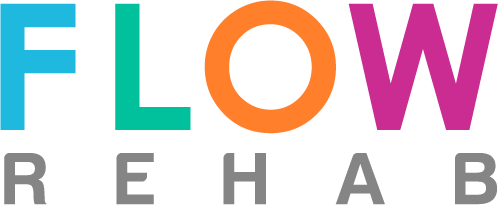Bladder
Bladder dysfunction can include pain when the bladder fills or empties, difficulty keeping urine in the bladder or getting urine out. Leakage can occur at rest or with a variety of activities. If the bladder urges are too strong or too often, or the bladder wakes you up at night, life (and sleep) can be very interrupted. We use proven methods to resolve these issues and can help you regain control over bladder function or reduce pain associated with the bladder.
Commonly treated issues
Bladder pain syndrome (BPS)
Coital incontinence
Dysuria (painful urination)
Interstitial cystitis (IC)
Mixed incontinence
Neobladder
Overactive bladder
Post-catheterization issues
Stress incontinence
Urethral pain
Urethritis
Urinary frequency
Urinary incontinence
Urge incontinence
Urinary retention
Urinary urgency and frequency
Bladders ideally have a healthy capacity to stretch and fill, store, and to empty with ease.
Common treatment approaches
Following your examination, we will understand what your pelvic muscles are doing (are they underactive or overactive?), what your daily food and fluid intake tends to be, and what specific approach may work best for your body. There are techniques to learn that can help control urinary urges or frequency, methods for strengthening or even for relaxing tense muscles that may be contributing to the issues. Some patients want to return to emptying the bladder on their own after a period of using a catheter. Others wish to avoid leaking urine, which may be as simple as knowing how to activate muscles to prevent urine leakage, or you might need a longer period of time to develop stronger, supportive pelvic muscles. We are also trained in modalities like electrical stimulation and biofeedback which can be excellent short-term training tools. Flow can help you re-train your body to optimize your bladder health by emptying your bladder on a reasonable, healthy schedule without pain or significant effort, and with minimal to no leakage.


